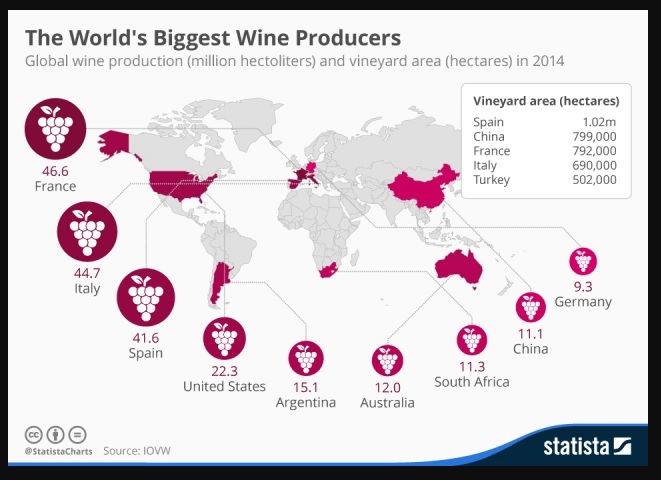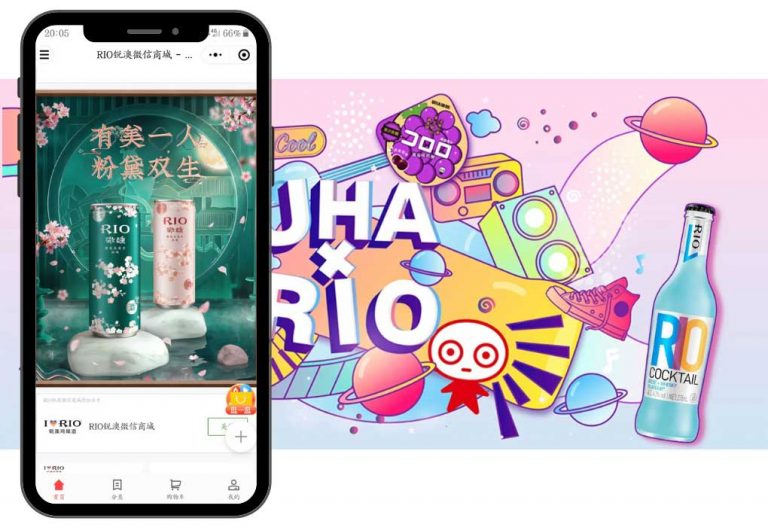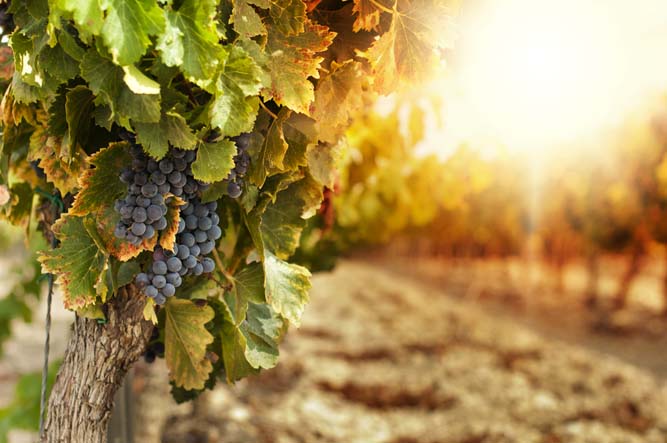China’s wine market: Quality over quantity

Cost-Effective Agency
KPI and Results focused. We are the most visible Marketing Agency for China. Not because of huge spending but because of our SMART Strategies. Let us help you with: E-Commerce, Search Engine Optimization, Advertising, Weibo, WeChat, WeChat Store & PR.
The wine market in China has experienced remarkable growth and has become a crucial focus for many wine-producing countries. It has become a significant market for Bordeaux and Australia, among others, with increasing volumes of imports from various regions. Wine education has played a pivotal role in this development, as demonstrated by the establishment of a dedicated office by the Wine & Spirit Education Trust (WSET) in Hong Kong to meet the rising demand for wine courses.
Opportunities for International Wine markers
China’s wine market want more quality wine now and Chinese consumers are more mature.

However, despite the expansion of wine production and the establishment of vineyards across China, the exposure of Chinese wines to international consumers remains limited. Chinese wines are generally perceived as expensive, which can be attributed to the relative youth of the wineries and the substantial recent investments made by businessmen seeking returns. Moreover, Chinese consumers associate high prices with prestige, aiming to position their wines on par with quality imported wines. While this ambition is understandable, it presents challenges for Chinese producers when it comes to export. They face fierce competition from well-established wine regions, lacking the advantage of established reputations.
Marketing is the Key in Wine
Tips to Market Wine Brands in China
- Understand the Market: Conduct thorough market research to gain insights into Chinese consumer preferences, trends, and buying behavior. Identify the target audience and tailor your marketing strategies accordingly.
- Establish a Strong Brand Image: Create a compelling and distinctive brand identity that resonates with Chinese consumers. Emphasize the unique qualities, heritage, and story behind your wine brand. Communicate the value proposition clearly to differentiate it from competitors.
- Adapt to Local Tastes: While preserving the authenticity of your wine, adapt to local preferences and tastes. Consider conducting tastings and gathering feedback from Chinese consumers to understand their preferences better. This insight can guide decisions regarding flavor profiles, labeling, and packaging.
- Build Relationships with Influencers: Collaborate with key opinion leaders, wine influencers, and sommeliers in China. These individuals have significant influence over consumer choices and can help raise awareness and credibility for your wine brand. Engage in partnerships, tastings, and events to leverage their networks and reach a wider audience.
- Leverage Digital Marketing: Utilize digital platforms to connect with Chinese consumers effectively. Establish a strong online presence through Chinese social media platforms such as WeChat, Weibo, and Douyin. Implement targeted digital marketing campaigns, including engaging content, videos, and promotions to generate brand awareness and drive conversions.
- Participate in Wine Events and Trade Shows: Take advantage of industry trade shows, exhibitions, and wine festivals in China. These events provide an excellent platform to showcase your wines, network with industry professionals, and engage with potential buyers and distributors.
- Collaborate with Local Distributors: Develop partnerships with reputable local importers and distributors who have extensive knowledge of the Chinese market. They can help navigate the complexities of distribution, logistics, and compliance, facilitating the entry of your wines into the Chinese market.
- Focus on Education and Consumer Engagement: Offer wine education programs, tastings, and events to educate Chinese consumers about your wines. Provide opportunities for them to experience and appreciate the unique qualities and flavors. Engage with consumers through online and offline channels, building a loyal customer base.
- Emphasize Value for Money: While prestige is important, consider offering wines at different price points to cater to various consumer segments. Highlight the value for money proposition of your wines, showcasing the quality and affordability compared to imported alternatives.
- Develop Long-Term Relationships: Cultivate long-term relationships with distributors, retailers, and consumers in China. Continually engage with them, listen to feedback, and adapt your strategies accordingly. Building trust and maintaining strong relationships will contribute to the long-term success of your wine brand in the Chinese market.
China Alcoholic Drinks Association
The Chairman of the China Alcoholic Drinks Association (CADA), Song Shuyu, has issued a stern warning about the wine consumption in China, stating that the industry has reached a bottleneck with no further room to retreat. Among all beverage categories, the wine industry has been the hardest hit during the pandemic, prompting concerns within the country’s alcoholic drinks industry.

During CADA’s annual meeting in Shandong, it was revealed that while the total revenue and profits of the country’s sizable drinks producers experienced significant growth in 2022, the wine industry struggled to keep up. The wine sector generated a meager profit of RMB 340 million (US$49.1 million) last year, with small- and medium-sized wineries consistently operating at a loss, as reported by CADA.
Both imported and domestic wine production in China declined in 2022. Domestic wine production dropped to 4.2 million hectoliters, continuing a decade-long downward trend. Meanwhile, the value of wine imports was halved compared to 2018 figures. Consequently, the country’s total wine consumption reached 8.8 million hectoliters, experiencing an average annual decline of 2 million hectoliters since 2018, according to data
These challenges have created a bottleneck in the promotion of wine within the country, and the wine industry has suffered the most among all beverage categories during the pandemic.
Mr Shuyu attributes this bottleneck to an excessive focus on the technical aspects of wine and the snobbery associated with wine appreciation. Preaching about food and wine pairings, elaborate wine consumption ceremonies, and emphasizing tasting skills have deterred consumers from embracing wine, he noted.
The younger generation of drinkers
The younger generation of drinkers, in particular, seeks easy, approachable, and trendy beverage options, which have made traditional wine marketing and promotion strategies appear outdated and unappealing.
To address this bottleneck, Huo Xingsan, the head of CADA’s wine division, advocates for the development of an everyday and casual wine drinking culture. Simplifying and facilitating the purchase and consumption of wine for consumers is crucial, as it will help expand the overall wine market in China, he suggests.
Read more






